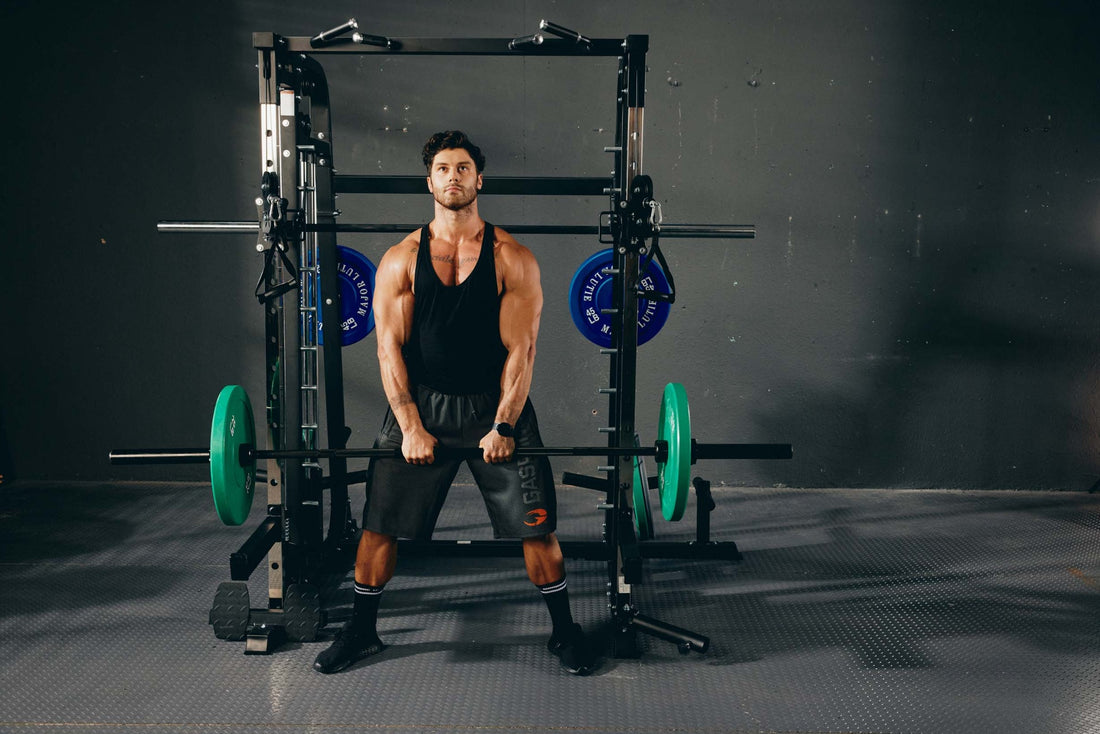
The world of weightlifting is filled with a plethora of equipment, each designed for specific goals and functions. A frequent debate among fitness enthusiasts revolves around the deadlift bar vs bench bar. If you've ever found yourself confused about which bar is right for which lift, you are not alone. This article will delve into the characteristics of each bar, their distinct purposes, and how to make the best choice for your fitness goals.
What is a Deadlift Bar?
The deadlift bar, sometimes referred to as a powerlifting bar, is specifically designed to optimize deadlifts. It comes with unique features to enhance performance and comfort during the lift. Key characteristics include:
- Whip and Flexibility: The deadlift bar is typically longer and more flexible compared to a standard bar. This extra length and whip allow for better leverage and can make heavy lifts slightly easier by engaging more muscles over a longer range of motion.
- Diameter: A deadlift bar generally has a smaller diameter, making it easier to grip, especially when lifting heavy weights.
- Knurling: The deep knurling offers a more secure grip, which is crucial for a movement like the deadlift where grip strength often limits performance.
- Sleeve Length: Longer sleeves allow for more weight plates, beneficial for advanced lifters lifting extremely heavy weights.
What is a Bench Bar?
On the other hand, the bench bar, also known as a standard olympic barbell, is designed primarily for bench press exercises. The characteristics of a bench bar are tailored to provide stability and balance while lifting the bar overhead or toward the chest. Key features include:
- Stiffness: Bench bars are stiffer with less whip. The rigidity helps maintain balance and control during pressing movements.
- Diameter: A slightly larger diameter compared to the deadlift bar, offering a snug fit for most hand sizes when performing pressing actions.
- Knurling: Moderate knurling to aid in grip without being overly aggressive, suitable for high-repetition sets which are common in bench pressing.
- Center Knurling: Often includes a center knurl to help with bar positioning and provide additional grip on the back during squats.
Comparative Analysis: Deadlift Bar vs Bench Bar
Comparing the deadlift bar vs bench bar reveals that each is designed with distinct purposes and offers unique benefits.
Deadlift Bar
Pros:
- Improved leverage due to added whip and flexibility.
- Deep knurling for a better grip.
- Versatile for a range of heavy lifting beyond deadlifts.
Cons:
- Not ideal for pressing movements due to flexibility.
- Can be uncomfortable for squats or bench presses because of aggressive knurling.
Bench Bar
Pros:
- Stable and rigid, perfect for bench pressing.
- Comfortable for a variety of lifts including overhead presses and squats.
- Moderate knurling suitable for high-rep workouts.
Cons:
- Less flexible, thus less forgiving for deadlifts.
- Not optimized for heavy deadlifts.

Why the Right Choice Matters
Choosing between the deadlift bar and bench bar depends significantly on your training goals and workout preferences. Beginners might not notice substantial differences initially, but as you advance, the nuances become more critical. Utilizing the appropriate bar can lead to:
- Enhanced Performance: Matching your tools to your exercises optimizes your lifting technique and output.
- Injury Prevention: Each bar's design considers the biomechanical stresses of specific lifts, thereby lowering the risk of injuries.
- Goal Achievement: The right equipment aligns with your training regimen, helping you reach your strength milestones more efficiently.
Making the Best Choice
Deciding between the two depends on several factors. Here are some tips to help you make an informed choice:
- Assess Your Goals: Are you primarily focusing on deadlifts or bench presses? Prioritize the bar that aligns with your main lifts.
- Training Environment: If you train in a gym that already stocks both types of bars, you'll have the luxury of switching between them. If not, you might need to purchase the bar that best suits your immediate needs.
- Budget: If investing in both bars isn't an option, consider which exercises are most critical to your regimen and choose accordingly.
- Consult Trainers: Seeking advice from experienced trainers or seasoned lifters in your gym can provide practical insights based on first-hand experience.
Conclusion
The deadlift bar vs bench bar debate is one rooted in specificity and trial. Both bars play essential roles in a well-rounded strength training regime. Understanding the intricacies of each can profoundly impact your performance, safety, and progression in the gym. When in doubt, trying both can offer insights into what benefits your personal lifting style the most.



















